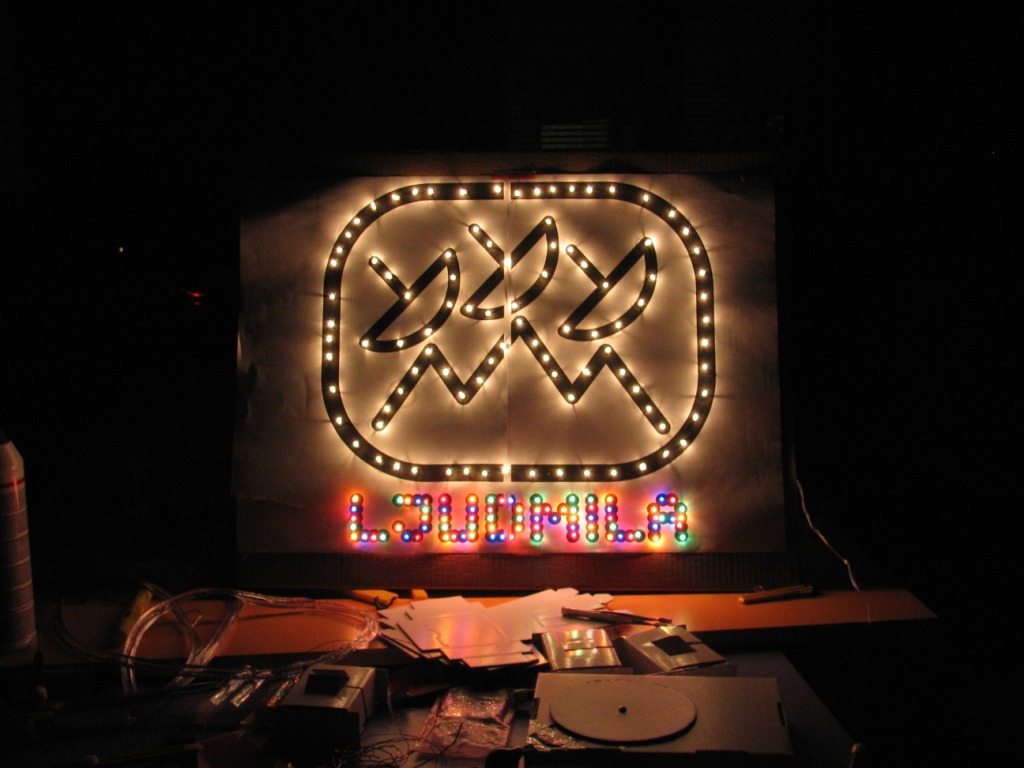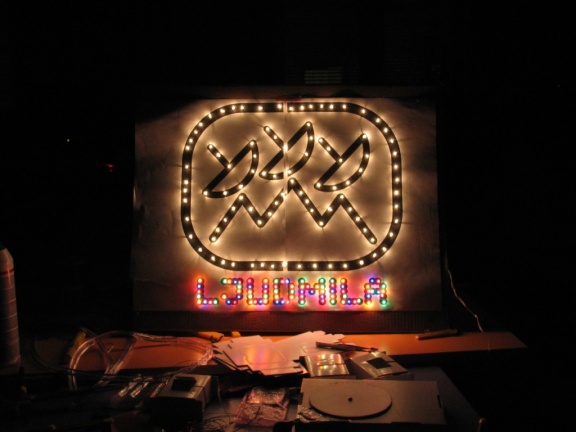Culture nation and metadata
One very important such feature is the date of establishment, marking the year when a particular gallery, art collective or museum was founded. Cross-matched with other metadata, these dates enable a rather unprecedented insight into the chronological development of the institutional infrastructure for Slovene culture. Currently, this is presented in three separate timelines: one covering the establishing of the Slovene festival landscape; another trailing the establishment dates of various venues; and a third, somewhat an intersection of the other two, chronicling the emergence of producers of cultural programmes. Wide-ranging and expanded on an almost daily basis, these timelines are nevertheless by no means comprehensive. Firstly, only professional, internationally active cultural actors and activities are covered (though exceptions can surface here and there). Venues, festivals and producers that disappeared before ending up in our database are also not listed and, consequently, many important historical agents and agencies of culture are thus missing from the timelines.
In terms of categorisation, not everything is really clear-cut. Some categories have porous borders, and the production vehicles themselves can often be ambiguous. The term festival, for example, can be used to describe both a year-long event series as well as a single evening with two concerts. It can happen regularly or it can be a one-off event. Neither a concert series nor a single event get to be categorised as festivals at Culture.si, yet supposedly annual festivals can easily disappear before their second instalment, while concert series can also turn into a “proper” festival.
Taking all of this into account, the history and trajectories of various cultural subsystems can nevertheless be at least vaguely glimpsed from these timelines. Furthermore, one can also give them a slightly creative treatment and read them through the context of the Slovenian nation-building narrative. Methodologically shady as this perspective may be, it does tellingly reflect on the proverbial phrase about the Slovene nation being founded upon culture. Recreated with a healthy dose of sociological frivolity, what follows here is a short chronology of how the nation(state) of Slovenia was forged, as seen through the festival life of the post-WW2 era.
“If you want to develop your own music, you’ve got to have your own festival” spoke one of the initiators of the Slovenska popevka Festival, the musician Vilko Ovsenik (of the Avsenik Ensemble). Similarly, we could treat most of the early festivals as vehicles for fostering their respective cultural ecosystems. As such, they functioned as a means of fast-forwarding the transition from a collection of war-torn rural communities into a reasonably decent modern society. In order to join the ranks of a proper nation, not only did a society need some sort of a car industry and a fairly punctual rail-road system – what was also deemed necessary were sufficiently developed fields of contemporary arts and culture.
Thus, as soon as new bridges were built and a rudimentary administrative machinery conceived, graphic arts also were granted an upgrade by way of the international Biennial of Graphic Arts in 1955. Jazz got full civil rights five years later through the Ljubljana Jazz Festival, theatre joined in with the Maribor Theatre Festival in 1966, and even the so called oberkreiner music got institutionalised during the summer of love with the Ptuj Festival. Tradition was properly traditionalised already in the early 1960s (Kurentovanje and Jurjevanje), and – though the concept is now sported as a contemporary invention – urban cultural tourism was explicitly envisioned by the Ljubljana Festival as far as in 1952. Slowly thus the festival infrastructure was built for more or less everything, from youth choirs to LGBT cinema. When the Slovene Advertising Festival was established just in the nick of time in 1991, the time was finally ripe for the proud peoples of Slovenia to ascend into a fully kosher nation-state with its declaration of independence.
Of course, the interpretation above is only a sketch, but the questions raised by these timelines are really potent. The founding of institutions – whether public or private – and their ability to survive strongly reflect how cultural policy is conceptualised, understood and enacted in a given period.
If you are interested in further details about how our data is ordered, what it contains and how it is available for reuse, or if you intend to apply it for a more in-depth research than the one applied above, please feel free to contact us.
Photos from Culture.si database. Written by Anže. This entry was posted in General and tagged culture, Culture.si, database, editorial issues, festivals, history, nation, nationalism, timelines, web archive by Culture.si. Bookmark the permalink.



